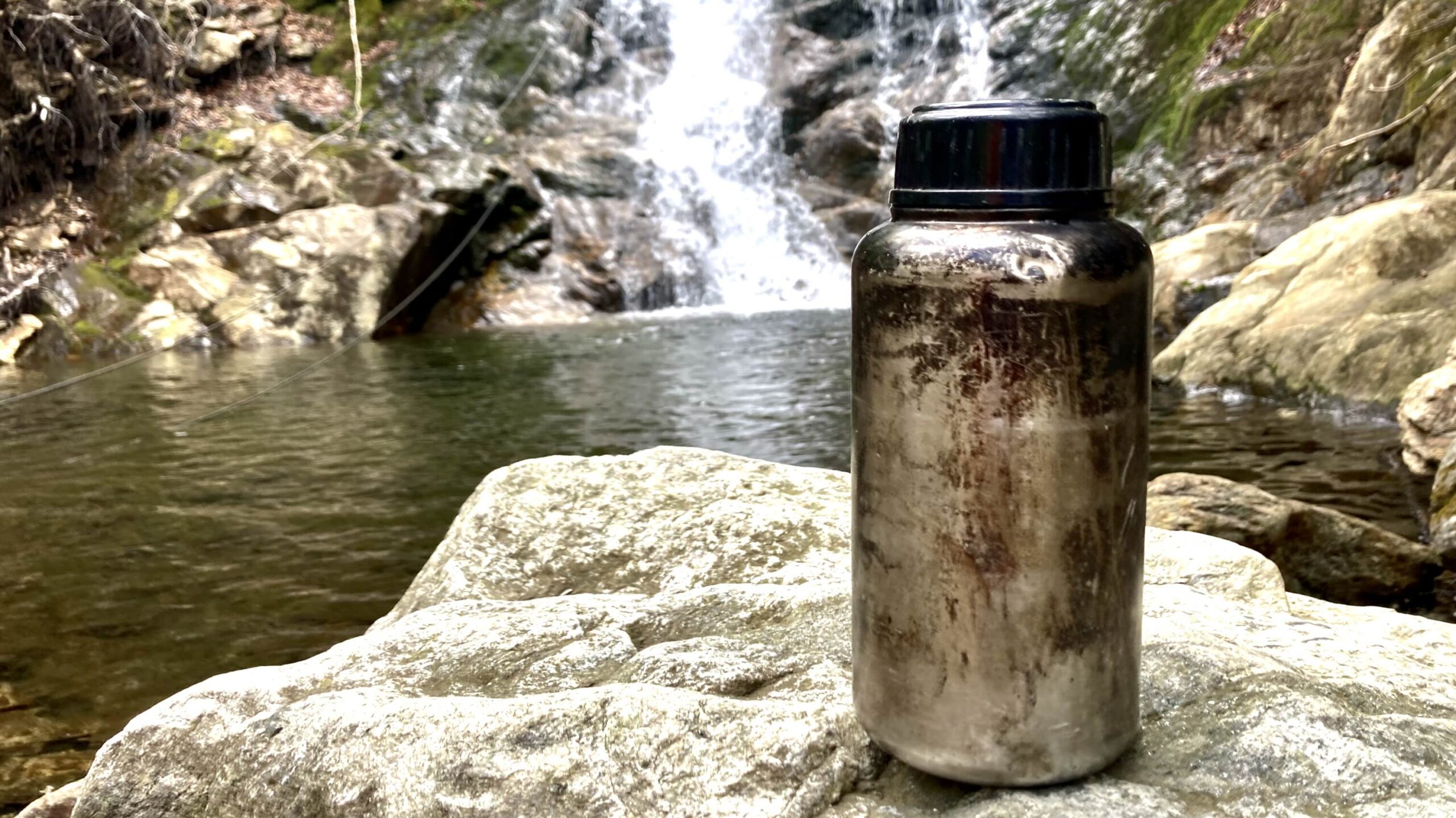When I first saw it, I realized that the Old Bakersfield PD Qual would become a staple in my shooting repertoire. Within ten rounds you can do a very good assessment of where you stand as a defensive pistol shooter. If I ever teach handgun classes, may very well be the opening drill of the class. Let’s take look at it.
This article contains affiliate links. Please consider supporting Swift|Silent|Deadly using our Amazon affiliate link!
The Old Bakersfield PD Qual
As I explain in the video, I was first introduced to this drill at the Cognitive Conclave. It was the first drill fired, on the first day, for score. It was fired individually, meaning every else was watching you. Somehow, despite being cold and nervous I pulled out a 94 of 100 possible points. And I knew immediately that I loved this drill. It requires only 10 rounds. It tests shooting under compressed time limits, multiple shot engagements, speed reloads, and shooting at distance. Scoring is very intelligent balance between valuing speed and accuracy.
The history of the Old Bakersfield PD Qual is absolutely fascinating. The definitive article on it comes from Greg Ellifritz. Greg’s article and Lee Weems’ in-person explanations are my source material for this drill. The story goes that the Bakersfield PD had a high rate of shootings. In spite of that, they had a very high hit rate thanks to department rangemaster Mike Wadelich. Wadelich designed this qual, and every officer from the Chief down had to pass it, cold, on demand to stay armed and on the road. The drill is very intelligent, and I doubt many of the police officers in my county could pass it after a day on the range, let alone cold.
I shot it three times, with three guns (Nighthawk Custom 1911, Wilson Combat SFX9, Sig P365XL). Here’s me shooting it:
Let’s look at the course of fire.
The Course of Fire
The target for the old Bakersfield PD qual is a 7″ circle. You can download a printable target from Lee Weems’ site, or alternatively you an IDPA silhouette (which I did). All stages are shot from the holster (duty rig or concealment); consequently I shot from concealment. Begin with a magazine loaded with six rounds, and have one reload available. The COF comes from the Ellifritz article mentioned above and I strongly encourage you to read that article to see the incredibly sound reasoning behind the distances for each stage.
1. Stage 1 – draw and fire two rounds in a time limit of 1.5 seconds at 10 feet
2. Stage 2 – draw and fire two rounds in 2.0 seconds at 20 feet
3. Stage 3 – draw and fire two rounds, emergency reload, two rounds at 30 feet in 6 seconds/8 seconds for revolvers*
4. Stage 4 – draw and fire two rounds in 3.5 seconds from 60 feet
Scoring for this qual is genius! Every round outside the circle is 10 points, for a total of 100 possible points. Every round outside the circle but in the -1 zone is worth 9 points, hits anywhere else on the silhouette are worth 6 points. Obviously a premium is placed on accuracy. Speed is equally prized, though! Though you lose points for being over time, you do so gradually. For every quarter of a second or portion thereof you are over the par time, you lose 1 point.
*Lee Weems says an empty pistol and an empty revolver are “the same problem, so they should be solved in the same amount of time.” Consequently he offers no grace period for revolvers. I’m a fan.
Closing Thoughts
All things considered, this is one of the smartest drills you’ll ever shoot and one of my go-to drills to open a range session. Before you hit the streets again, shoot this drill. It will show you where you need to improve…or if you have a solid level of skill and should invest some training time in other endeavors and fields of study such as medical, driving, less-lethal, or wilderness survival.





